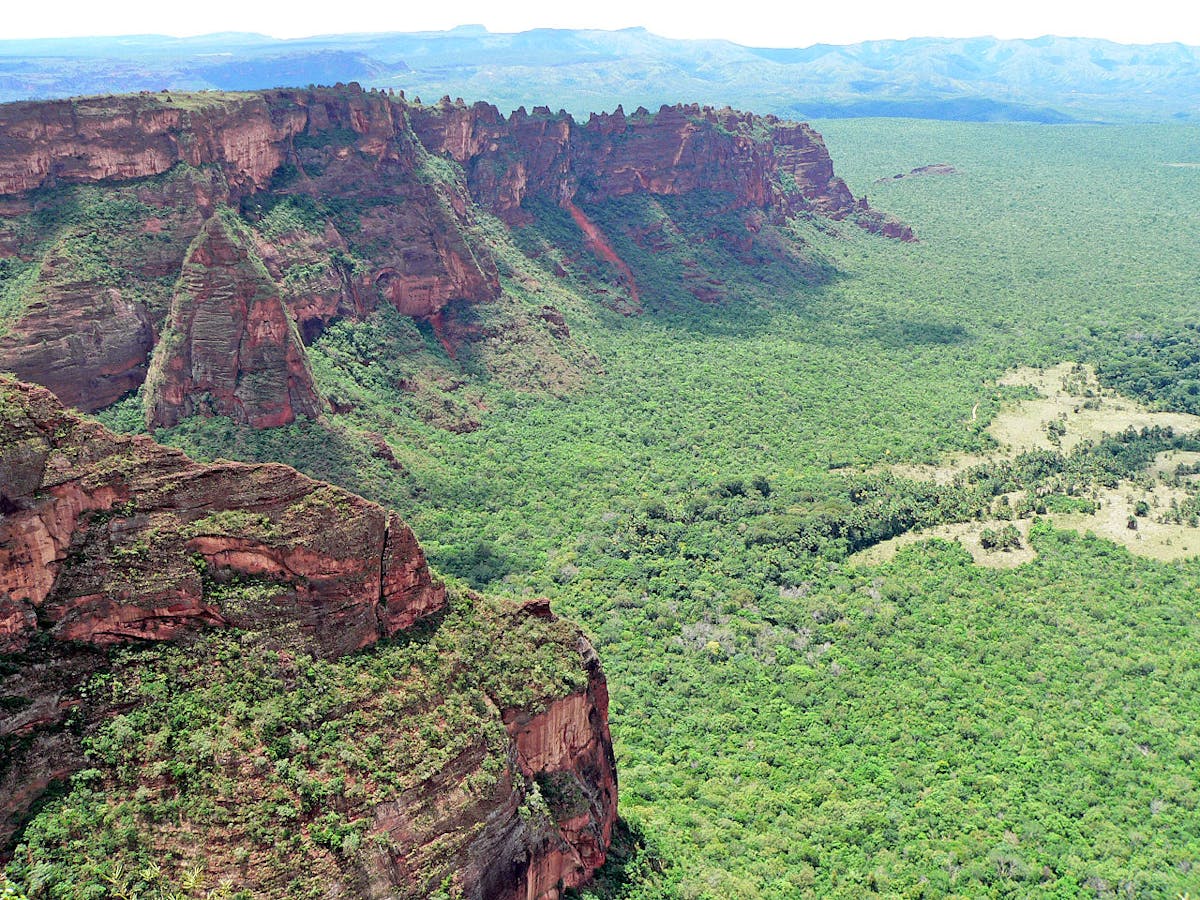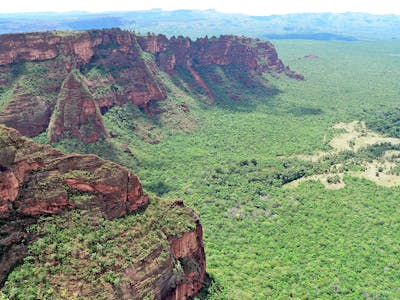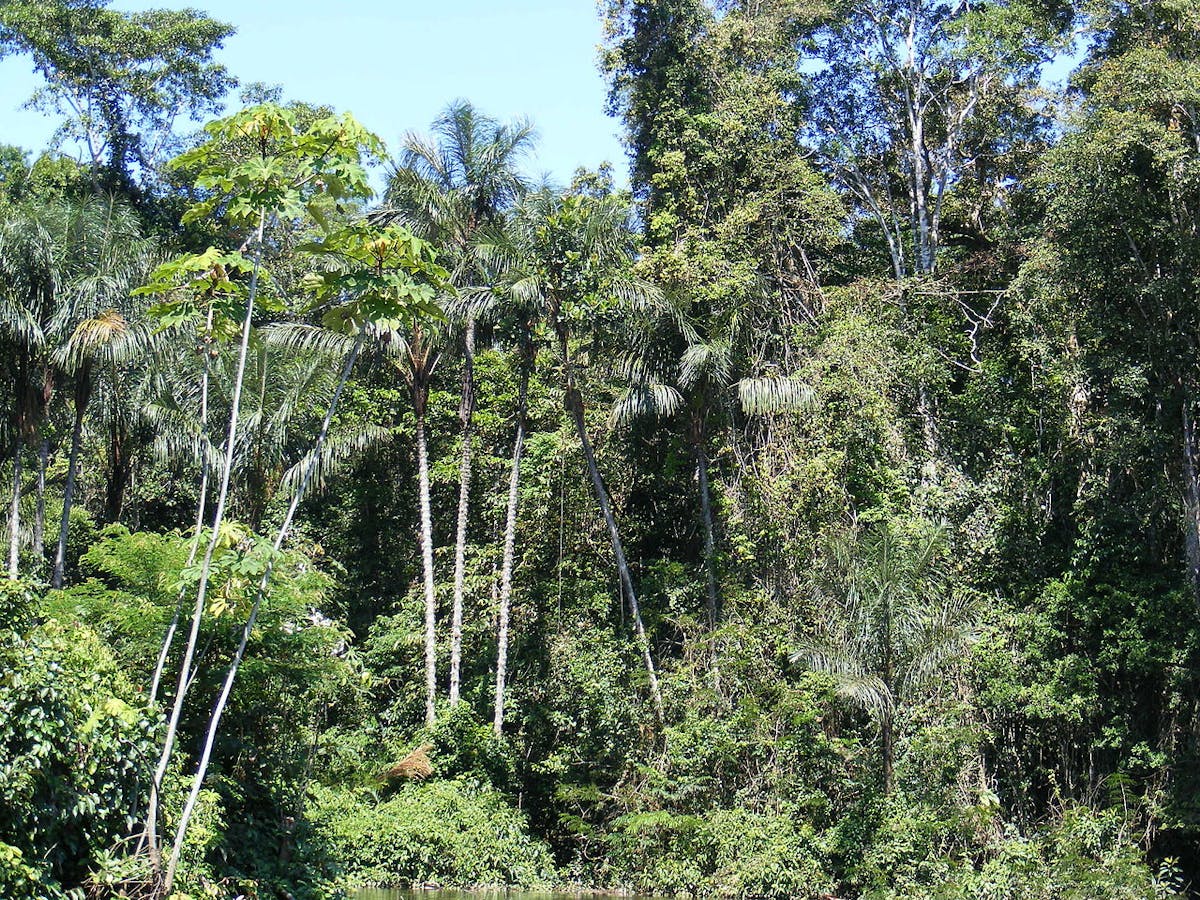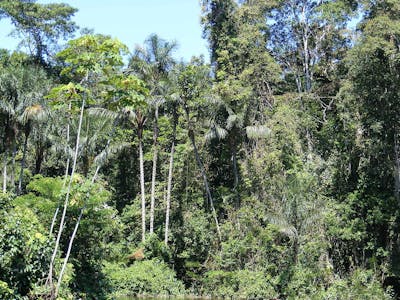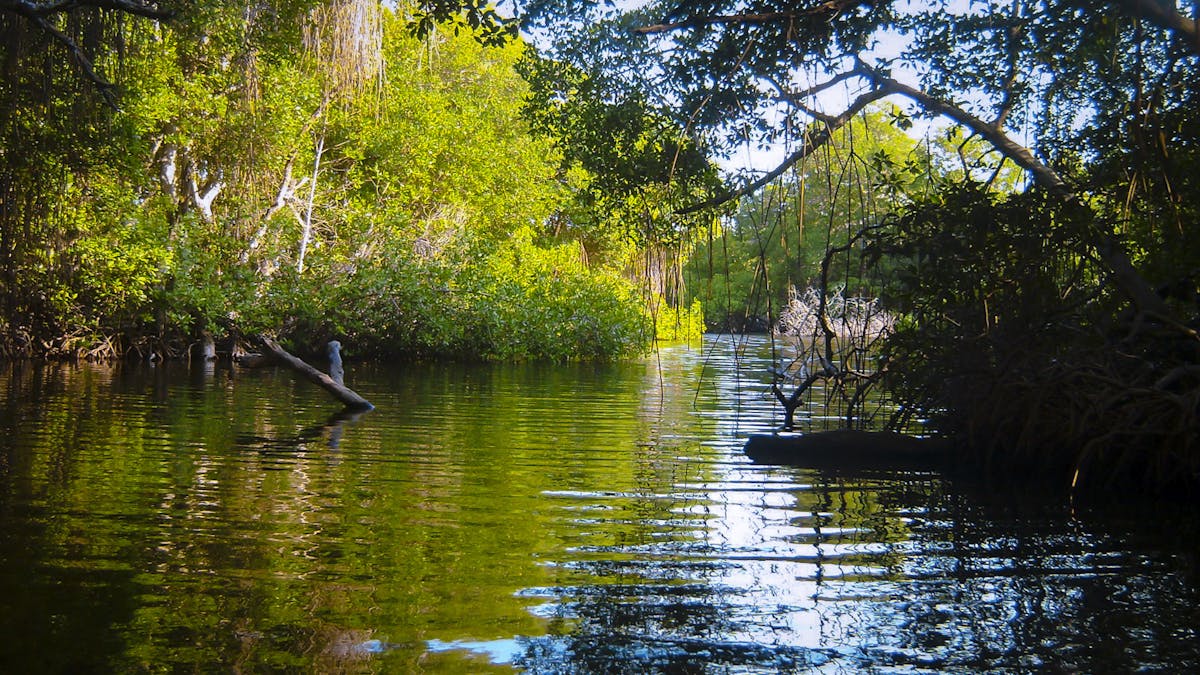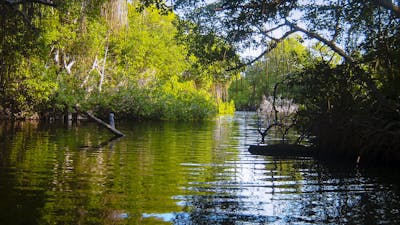Southern America
Southern America covers most of the Neotropical realm with five major subrealms—Amazonia, Andes Mountains & Pacific Coast, South American Grasslands, Brazil Cerrado & Atlantic Coast, and Upper South America—with 23 bioregions in total as defined in the One Earth Bioregions Framework. At the heart of this realm is Amazonia, which groups the Amazon Basin rainforests into five major bioregions (central, north, south, east, and west). The Andes Mountains & Pacific Coast subrealm contain eight bioregions, defining the western edge of the Amazon Basin and extending from the very top of the continent all the way to the tip of Chile, incorporating the continent’s Pacific coast and the Galapagos and Juan Fernández Islands. The South American Grasslands subrealm groups together three large subtropical grassland and savanna bioregions, covering a majority of the southern continent. The Brazil Cerrado & Atlantic Coast subrealm is dominated by vast tropical savannas with adjoining coastal forests along the Atlantic. At the very top of the continent, Upper South America includes three unique bioregions spanning the Caribbean coastline and the Llanos tropical grasslands below.
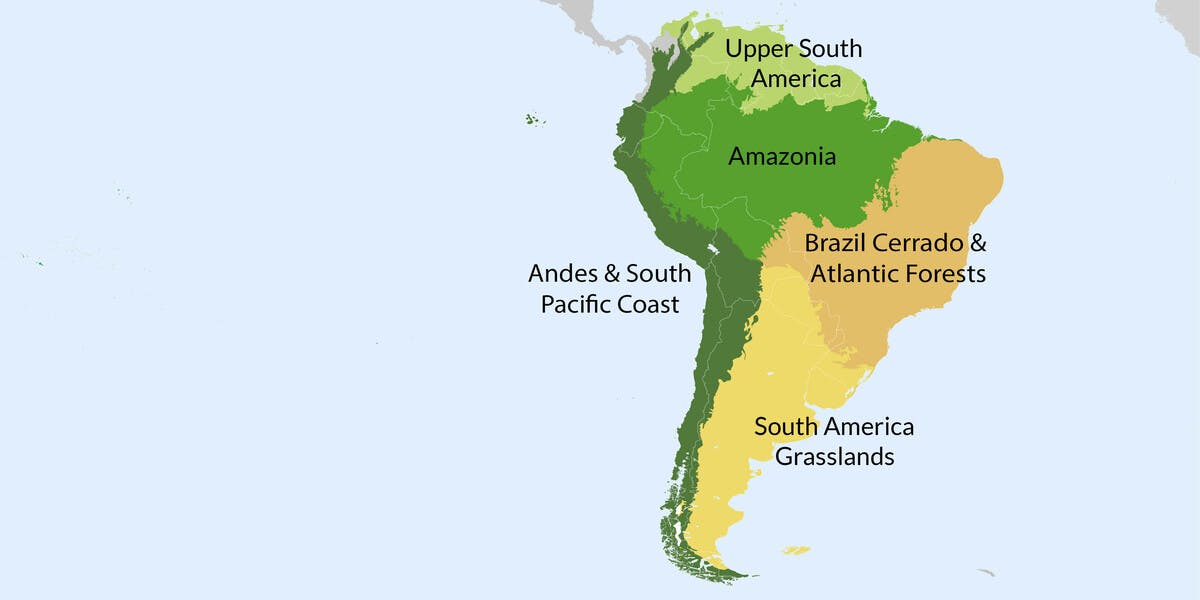
-
-
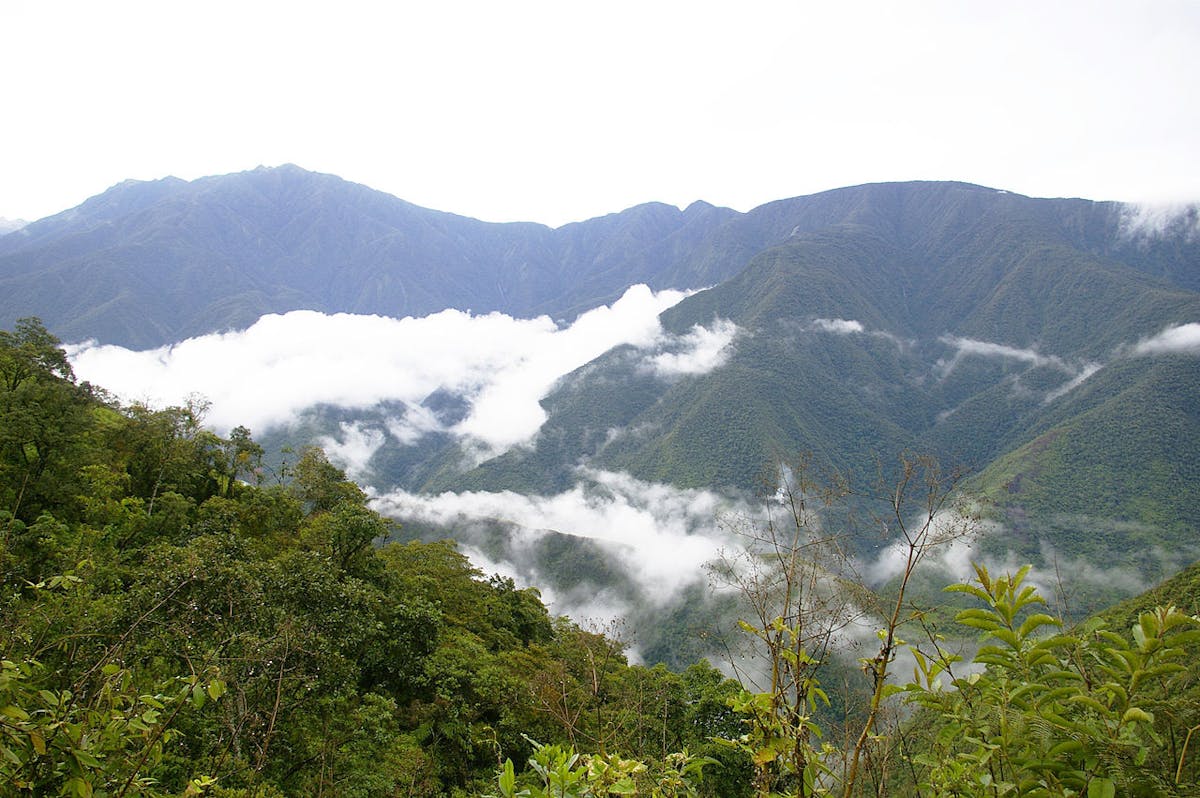
Andean Mountain Forests & Valleys (NT11)
Total Land Area (1000 ha): 93,130 Number of Ecoregions: 17 Protection Target: 64% Protection Level: 3Located in the Andes & Pacific Coast subrealm if Southern America, this bioregion is the upper half of the Andes mountain range, stretching from the very top of the continent to northern Argentina. The bioregion is defined by tropical and subtropical broadleaf forests with 17 unique ecoregions which run along the more humid eastern side of the Andes.
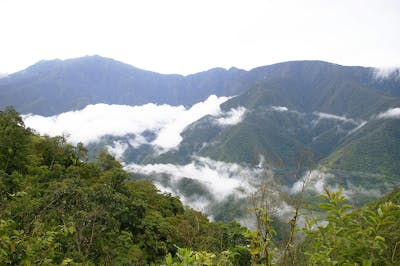
-

Ecuadorean Dry Coastal Forests & Flooded Grasslands (NT10)
Total Land Area (1000 ha): 10,660 Number of Ecoregions: 5 Protection Target: 32% Protection Level: 2The Ecuadorian Coastal Forests & Flooded Grasslands bioregion is part of the Andes & Pacific Coast subrealm in Southern America and is made up of five ecoregions.
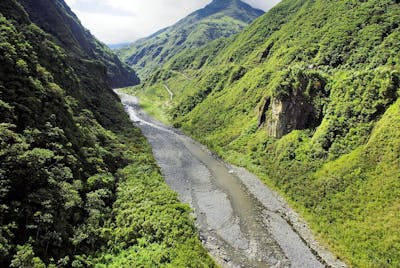
-

South American Coastal Deserts (NT8)
Total Land Area (1000 ha): 29,072 Number of Ecoregions: 2 Protection Target: 20% Protection Level: 2The South American Coastal Deserts bioregion, located in the Southern America (Neotropical) realm, occupies a narrow band west of the Andes Mountains, running along the Peruvian and northern Chilean coast. It contains two arid ecoregions and adjacent marine areas in the Pacific Ocean.
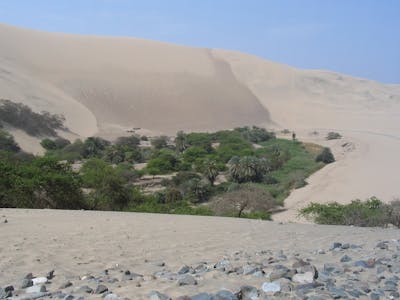
-
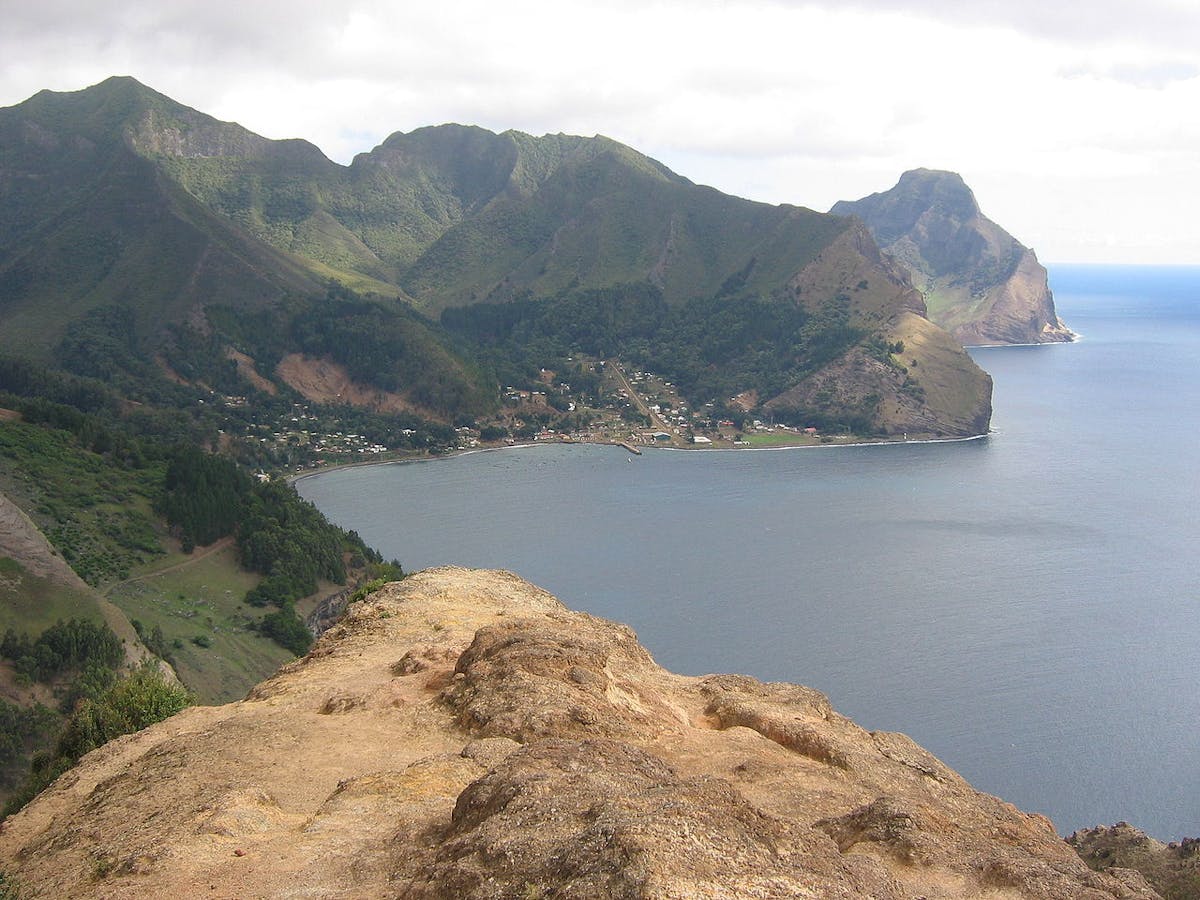
Juan Fernández & Desventuradas Islands (NT7)
Total Land Area (1000 ha) : 16 Number of Ecoregions : 2 Protection Target: 94% Protection Level: 9This small group of islands off the coast of Chile, located in the Southern America (Neotropical) realm, make up a unique bioregion, consisting of temperate broadleaf forests and grasslands containing many endemic plant species. It also includes the rocky Desventuradas Islands, two ecoregions in total and the surrounding marine areas, which contain a unique mix of tropical, subtropical, and temperate marine species and were recently designated as one of the largest marine parks in the Americas.

-
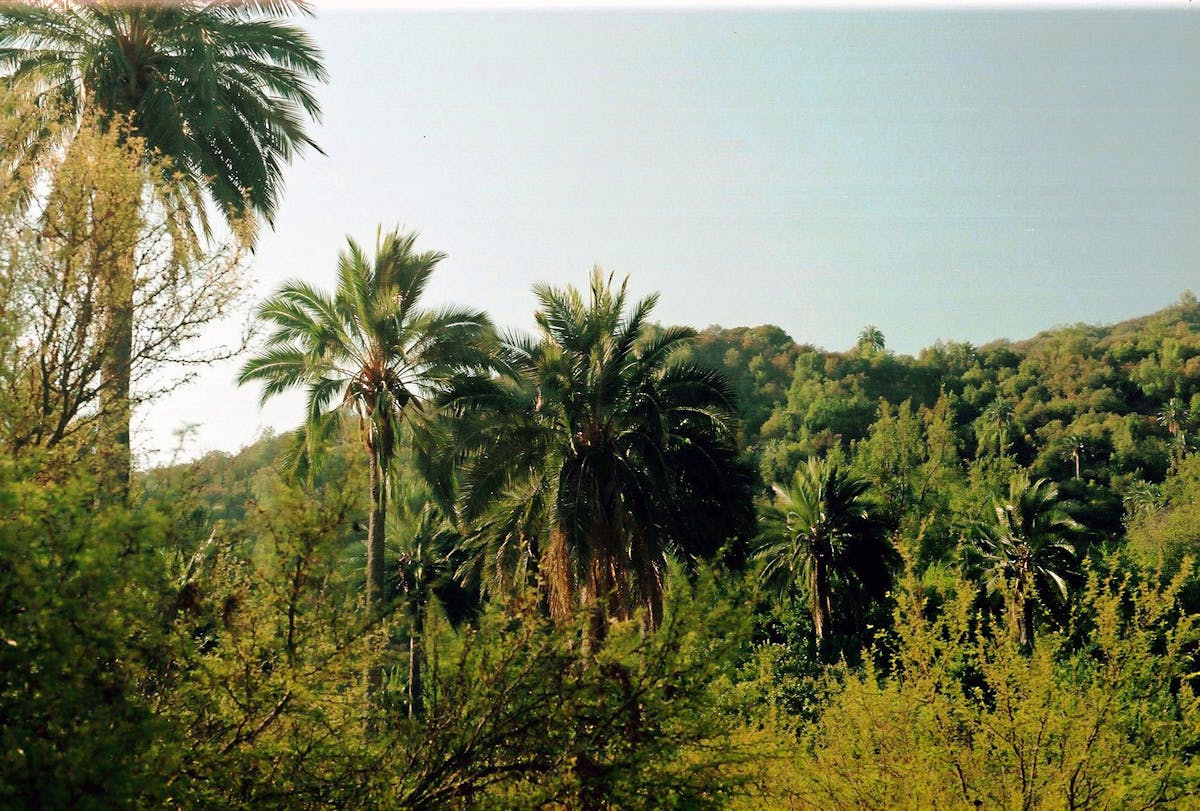
Chilean Matorral Shrublands & Savanna (NT6)
Total Land Area (1000 ha): 14,884 Number of Ecoregions: 1 Protection Target: 28% Protection Level: 0The Chilean Matorral, located in the Southern America (Neotropical) realm, is South America’s only Mediterranean biome, a mix of hardwoods, shrubs, cacti, and grassland. It is made up of one single ecoregion and includes many alpine lakes and adjacent marine areas in the Pacific Ocean.
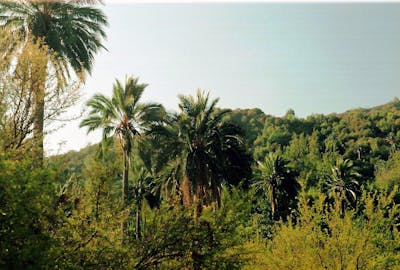
-
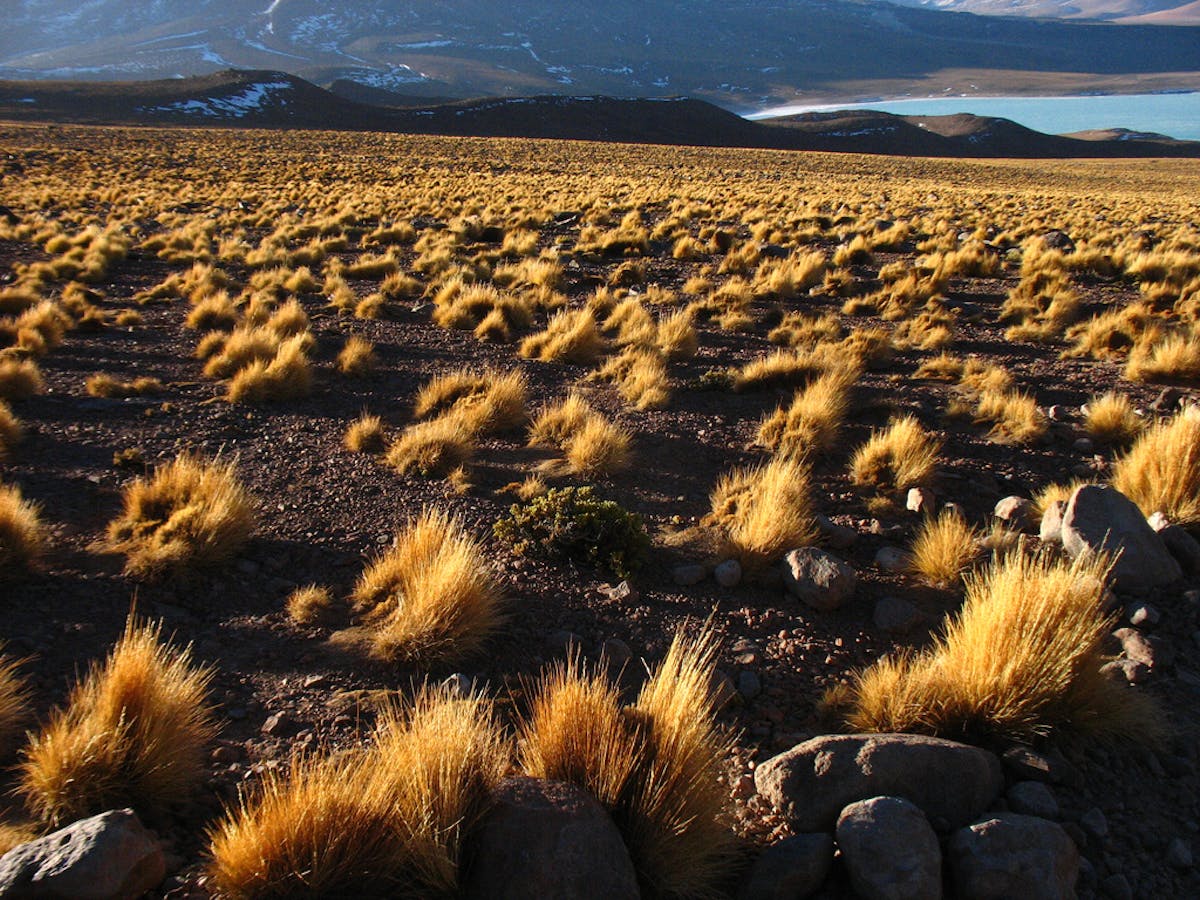
Andean Mountain Grasslands (NT5)
Total Land Area (1000 ha): 82,848 Number of Ecoregions: 5 Protection Target: 45% Protection Level: 4The Andean Mountain Grasslands bioregion, located in the Southern America (Neotropical) realm, is centered on the Altiplano, the world’s second highest plateau. It contains five ecoregions and incorporates Lake Titicaca, the largest lake in South America and one of the world’s highest bodies of water.
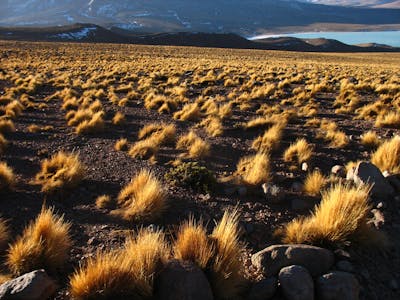
-
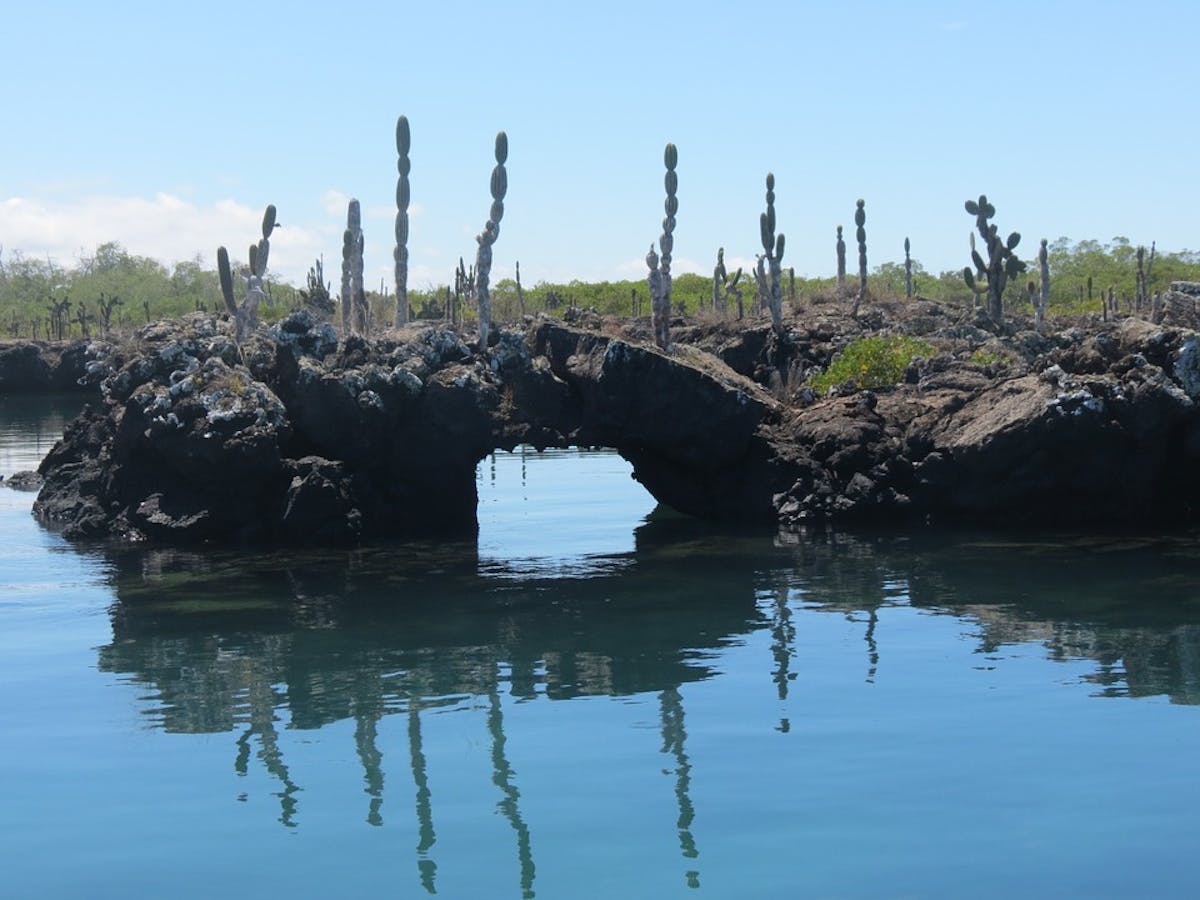
Galápagos Islands (NT9)
Total Land Area (1000 ha) : 803 Number of Ecoregions: 1 Protection Target: 100% Protection Level: 10The Galapagos bioregion, located in the Southern America realm, contains an archipelago of 61 volcanic islands and islands 520 nautical miles off the coast of Ecuador. The bioregion is dominated by one ecoregion but this belies the diversity of plant life present here, with over 500 native plant species, 180 of which are endemic.
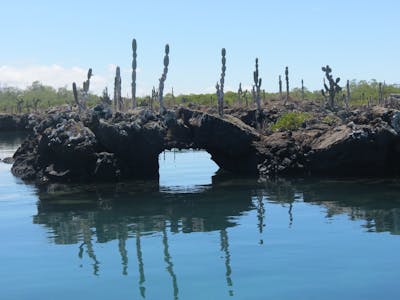
-
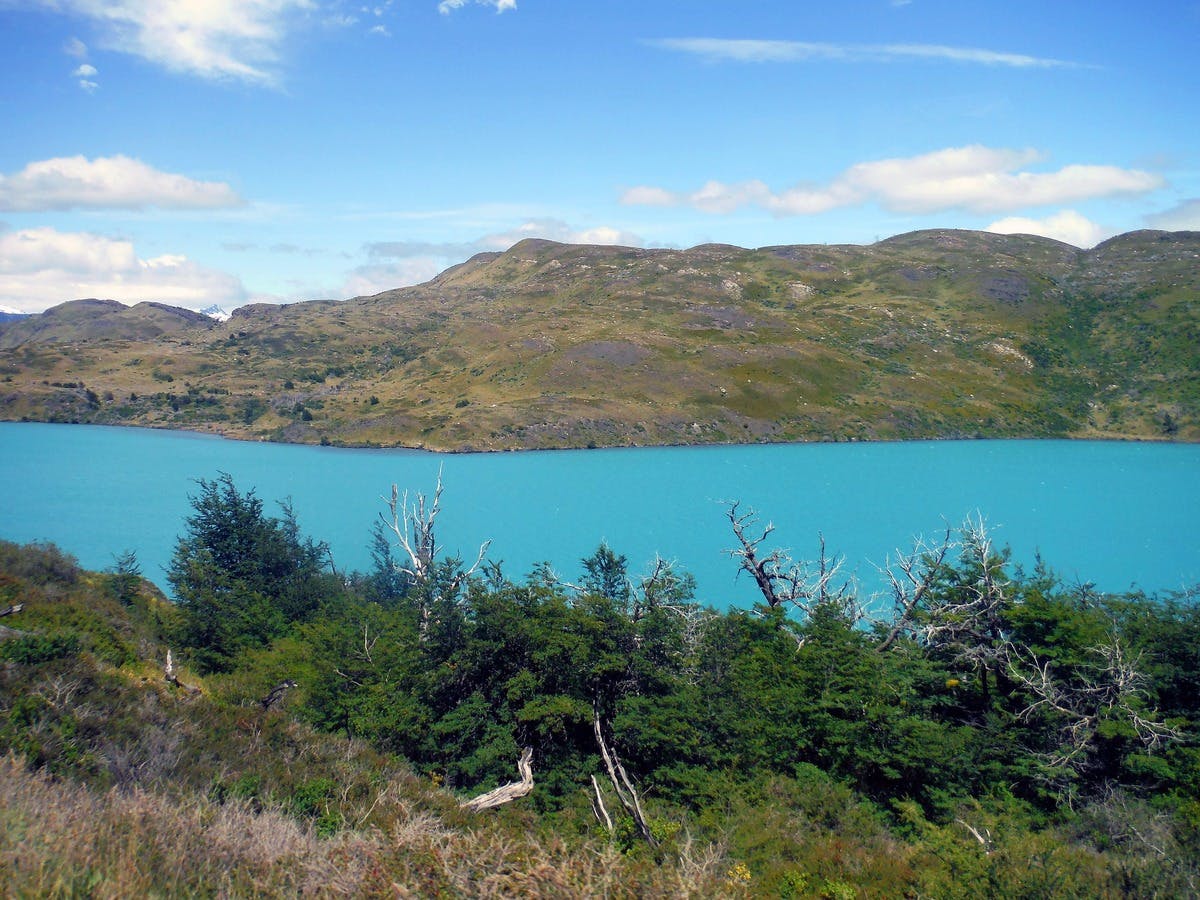
Chilean Mixed Forests (NT1)
Total Land Area (1000 ha): 41,305 Number of Ecoregions: 2 Protection Target: 45% Protection Level: 7Comprising the western half of Patagonia at the bottom of South America and located in the Southern America (Neotropical) realm, the Chilean bioregion is defined by a myriad of waterways intertwined with coastal rainforests and includes Chile’s Lake District and several large glaciers at the southernmost extent of the Andes Mountains. The bioregion contains two ecoregions.
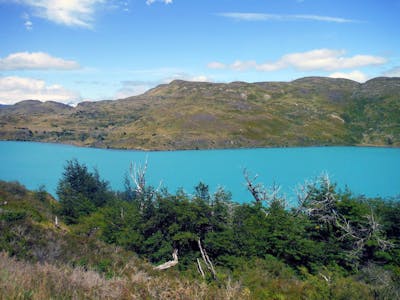
-
-
-
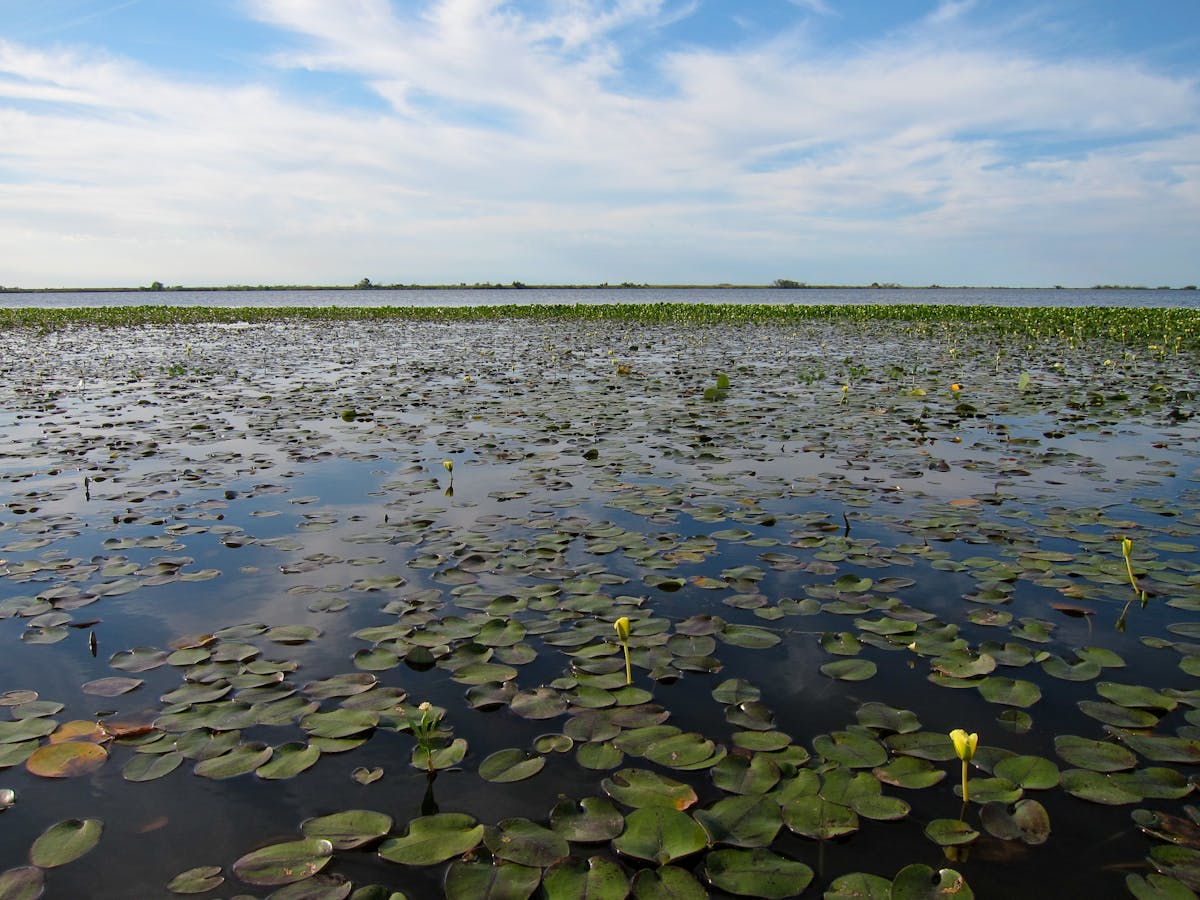
Chaco Grasslands (NT4)
Total Land Area (1000 ha): 108,294 Number of Ecoregions: 2 Protection Target : 48% Protection Level: 3The Chaco bioregion, located in the Southern America (Neotropical) realm, covers much of Paraguay and northern Argentina and contains two ecoregions incorporating several large salt flats in the south.
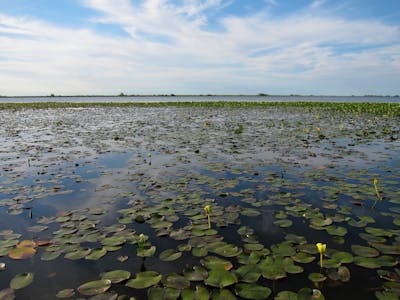
-
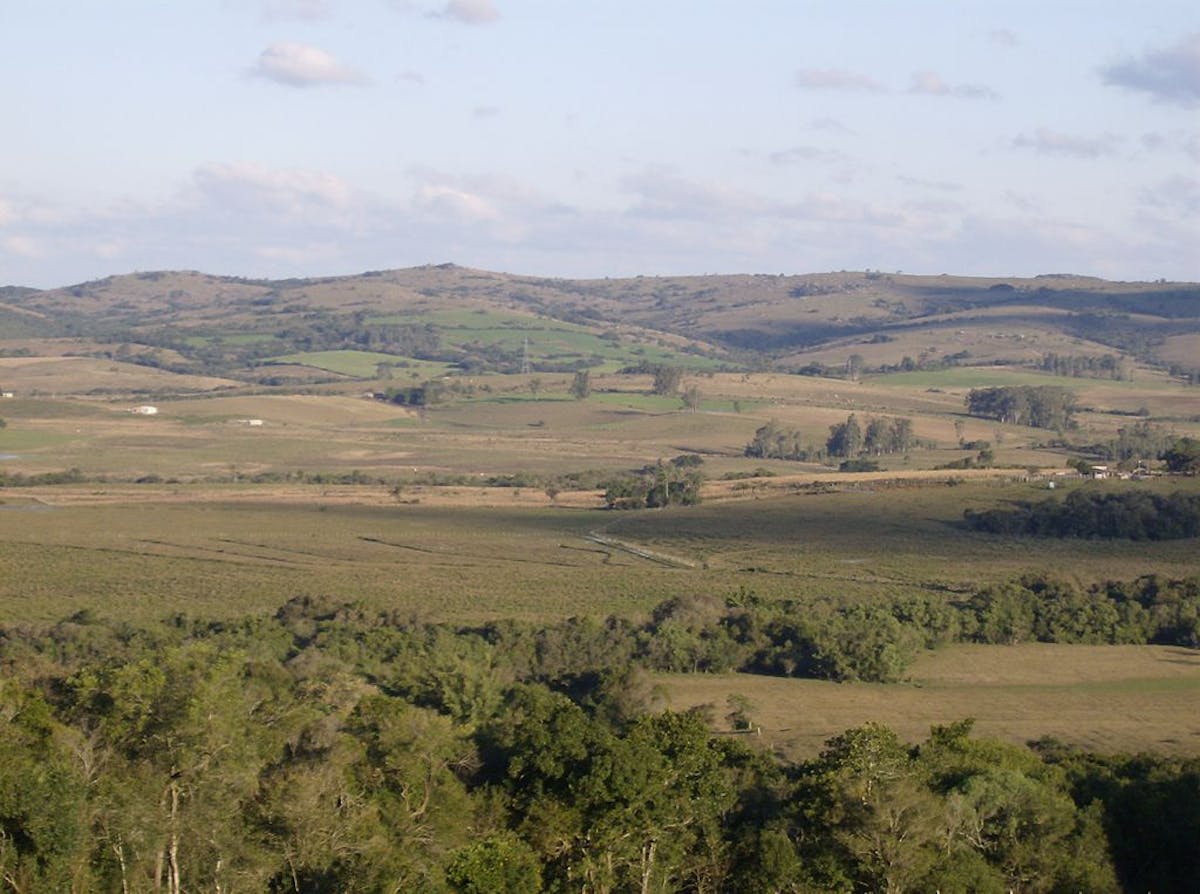
Rio de la Plata Grasslands (NT3)
Total Land Area (1000 ha): 111,665 Number of Ecoregions: 5 Protection Target: 24% Protection Level : 1The Rio de la Plata bioregion, located in the Southern America (Neotropical) realm, extends from the Espinal drylands east of the Andes Mountains to the Atlantic Ocean, encompassing Argentina’s humid pampas grasses and the flooded savannas formed by the Parana´ River and its tributaries. This bioregion also includes Uruguay’s subtropical savanna, which forms the Northern border of the Río de la Plata estuary, containing five ecoregions in total.
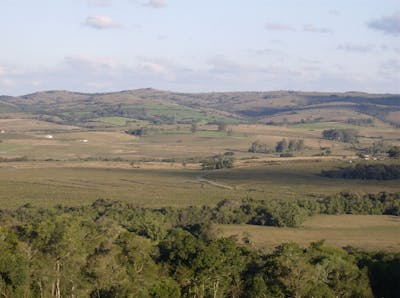
-

Patagonia Steppe & Low Mountains (NT2)
Total Land Area (1000 ha): 93,076 Number of Ecoregions: 2 Protection Target: 54% Protection Level : 1The Patagonia Steppe bioregion, located in the Southern America (Neotropical) realm, incorporates most of the temperate grassland biome of South America, between the Andes Mountains to the west and the Espinal drylands to the east. The bioregion contains two ecoregions and includes the Islas Malvinas (Falkland Islands) and adjacent marine areas in the southern Atlantic Ocean.
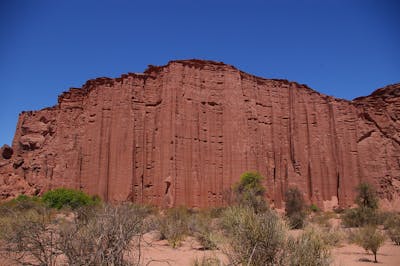
-
-
-
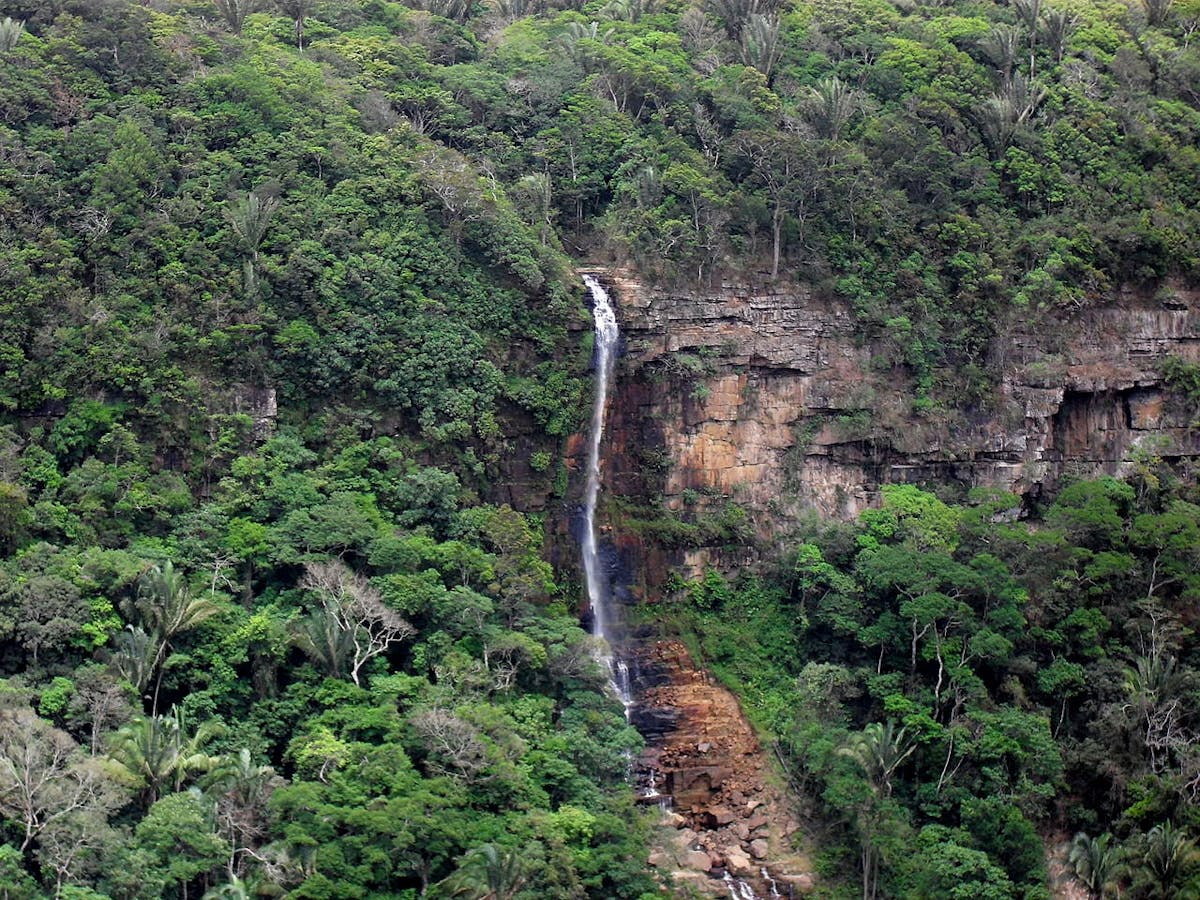
Brazilian Atlantic Dry Forests (NT15)
Total Land Area (1000 ha): 99,875 Number of Ecoregions: 4 Protection Target: 14% Protection Level: 5The Brazilian Atlantic Dry Forests bioregion, located in the Southern America (Neotropical) realm, incorporates Brazil’s southeastern cape and adjacent marine areas. With it’s hot and dry climate, it is defined by a mosaic of shrublands, cacti, and thorny woodlands containing four distinct ecoregions.
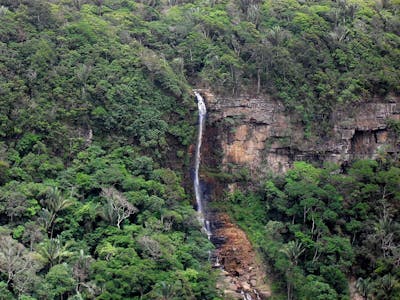
-
Cerrado Savannas (NT13)
Total Land Area (1000 ha): 194,751 Number of Ecoregions: 2 Protection Target: 13% Protection Level: 9The Cerrado bioregion, located in the Southern America (Neotropical) realm, covers more than one-fifth of Brazil’s total land area and consists of two ecoregions with gallery forests running along the streams and rivers.
-

Pantanal Flooded Grasslands & Dry Forests (NT12)
Total Land Area (1000 ha): 40,250 Number of Ecoregions: 2 Protection Target: 69% Protection Level: 3Located in the Brazil Cerrado & Atlantic Coast subrealm, this bioregion lies just below the Amazon Basin, straddling the border between Brazil and Bolivia. It consists of two intertwined ecoregions fed by the Paraguay River and hundreds of small lakes.
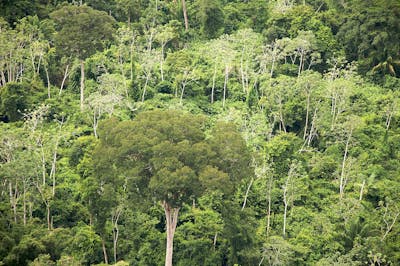
-
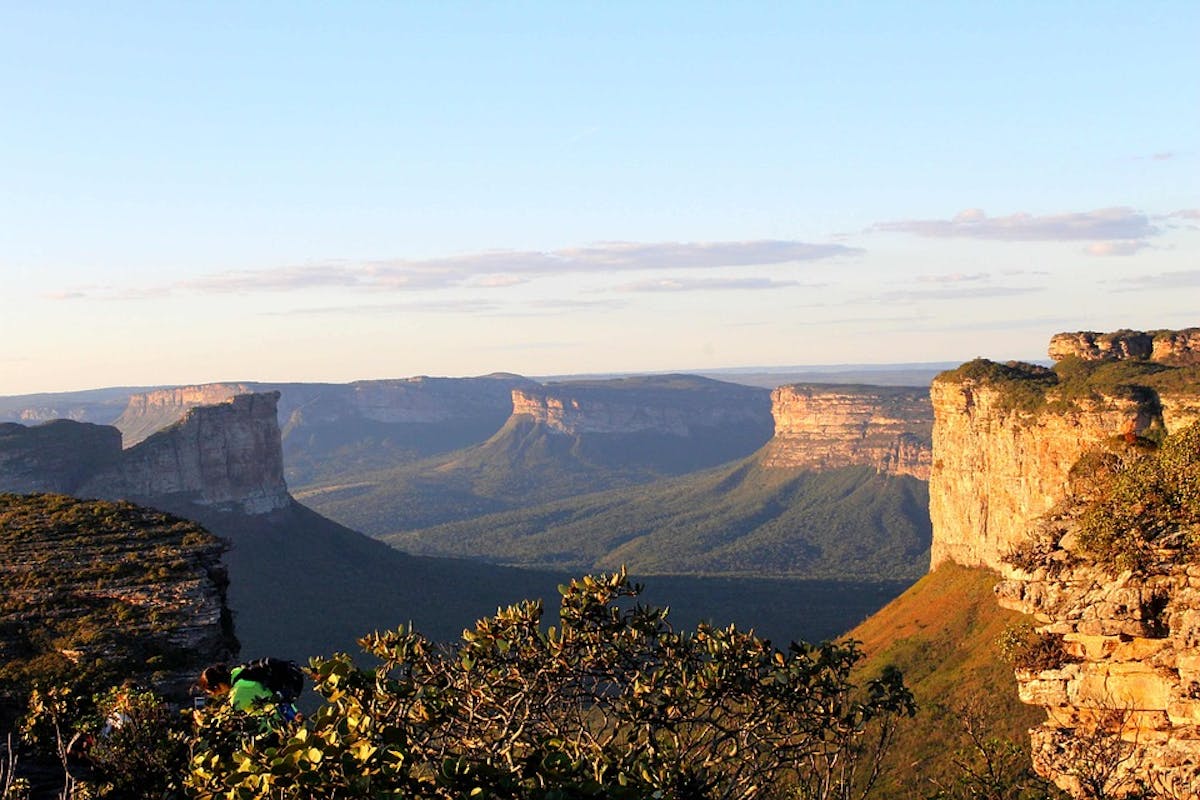
Brazilian Atlantic Moist Forests (NT14)
Total Land Area (1000 ha): 120,547 Number of Ecoregions: 12 Protection Target: 29% Protection Level: 3The Brazilian Atlantic Moist Forests (Mata Atlântica) bioregion, located in the Southern America (Neotropical) realm, spans nearly the entire length of Brazil’s eastern coast and consists almost entirely of tropical broadleaf forests, which extend into the heart of the Cerrado. It contains 12 ecoregions.
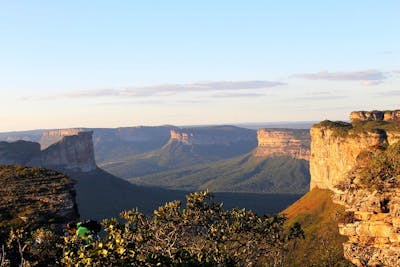
-
-
-
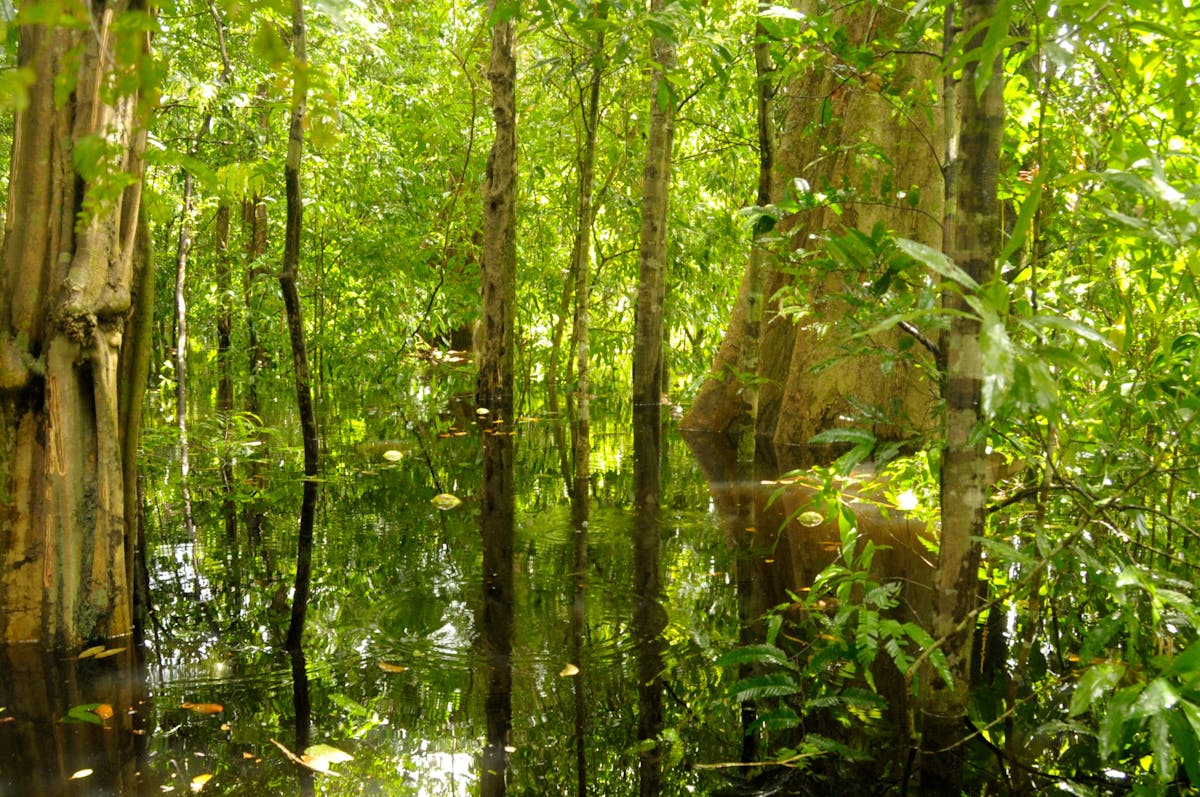
Northern Amazonian Forests (NT20)
Total Land Area (1000 ha): 105,232 Number of Ecoregions: 5 Protection Target: 93% Protection Level: 6The Northern Amazonian bioregion lies between the Amazon River and the Guiana Shield and includes the Rio Negro, the principal northern tributary of the Amazon. It consists entirely of moist tropical forests and contains five ecoregions.
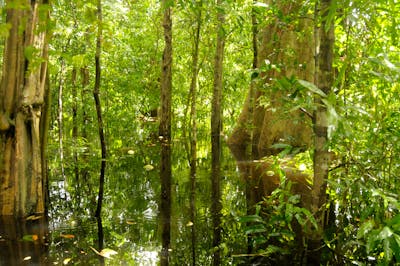
-
Western Amazonian Forests & Plains (NT18)
Total Land Area (1000 ha): 110,816 Number of Ecoregions: 4 Protection Target: 90% Protection Level: 4The Western Amazonian bioregion, located in the Southern America (Neotropical) realm, stretches north from Bolivia to the Amazon river in Peru, contained by the Andes Mountains to the west. The bioregion contains four ecoregions.
-
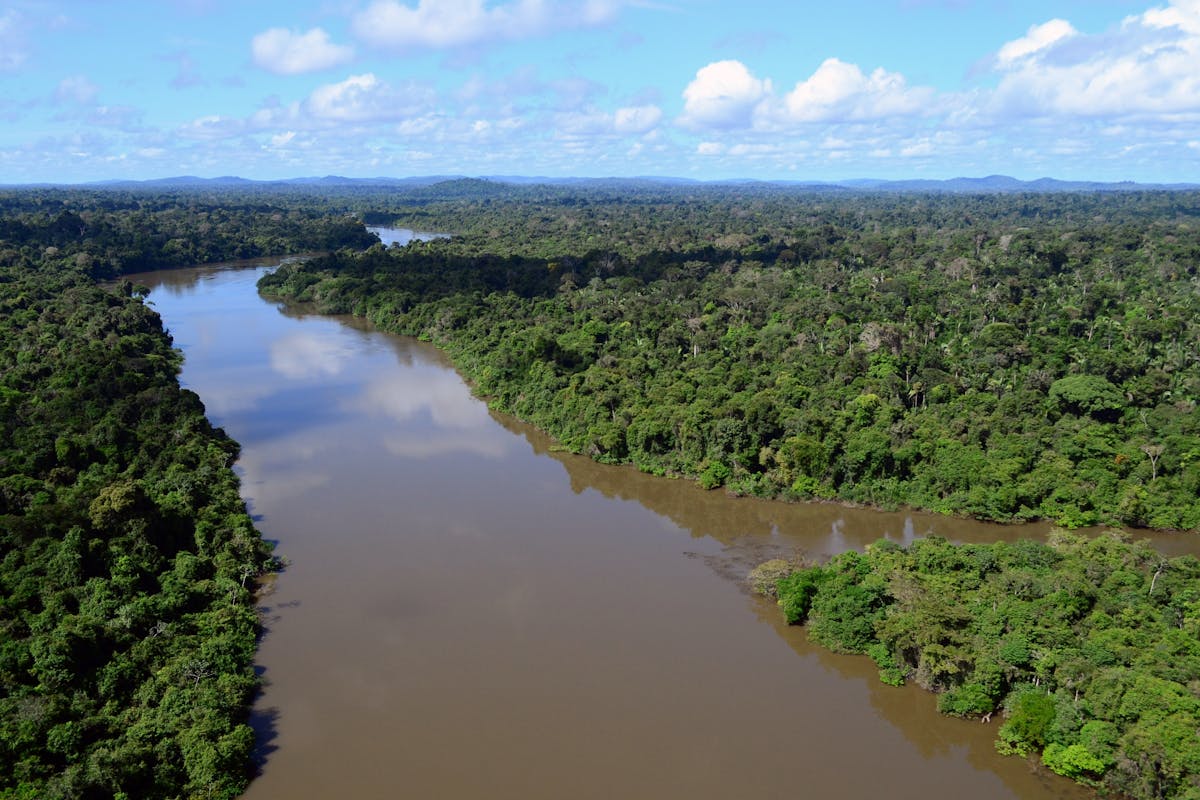
Southern Amazonian Forests (NT17)
Total Land Area (1000 ha): 174,029 Number of Ecoregions: 4 Protection Target: 73% Protection Level: 6The Southern Amazonian Forests bioregion, located in the Amazonia subrealm in Southern America, stretches from the Marajó Archipelago to Bolivia, south of the Amazon River, and contains four ecoregions.
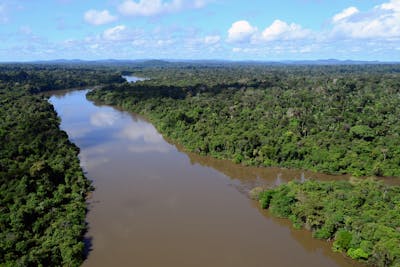
-
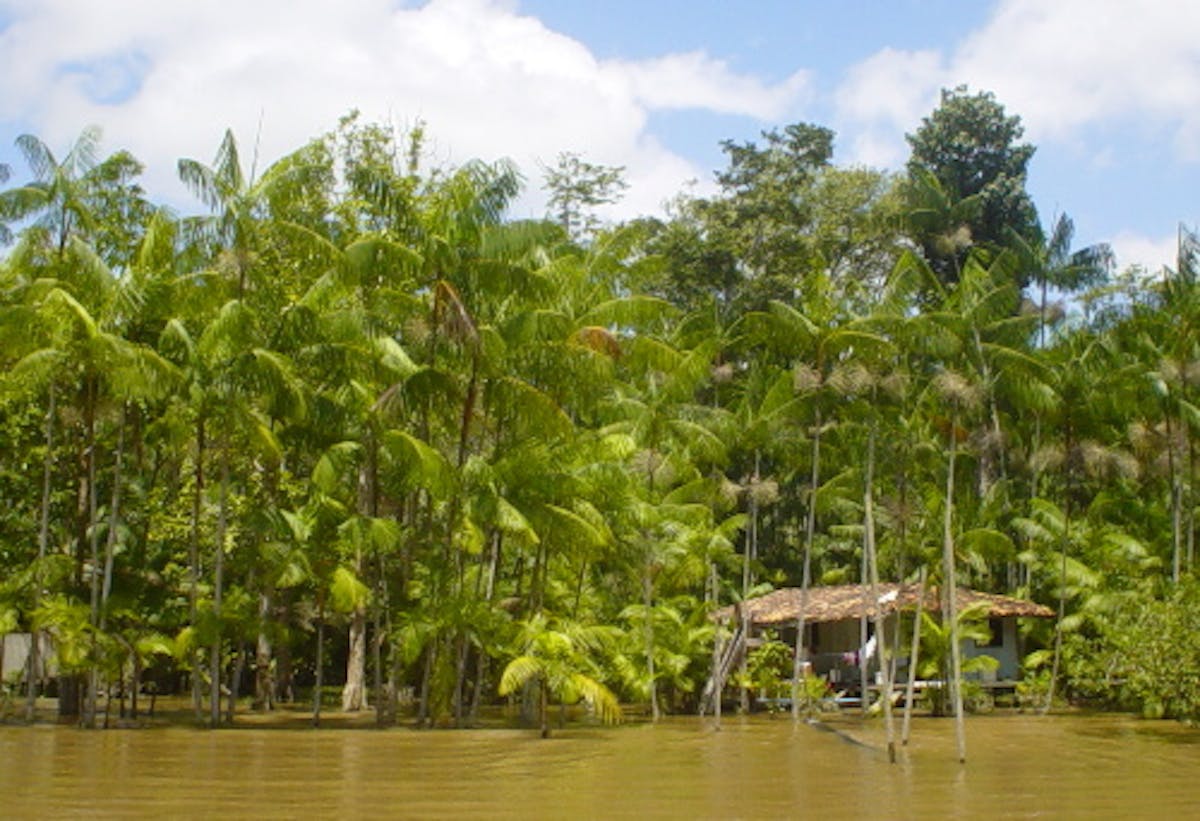
Amazon River Estuary (NT16)
Total Land Area (1000 ha): 31,361 Number of Ecoregions: 4 Protection Target: 63% Protection Level: 5The Amazon River Estuary bioregion, located in the Amazonia subrealm of Southern America, includes a huge river delta formed at the end of the Amazon River’s 4000-mile journey to the sea in northern Brazil where it meets up with the Tocantins river, encompassing the Marajó Archipelago. It contains four ecoregions.
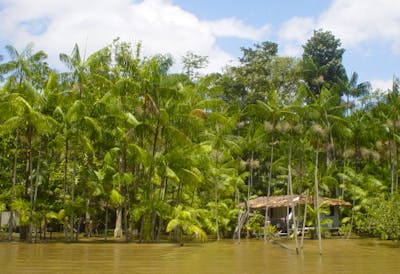
-
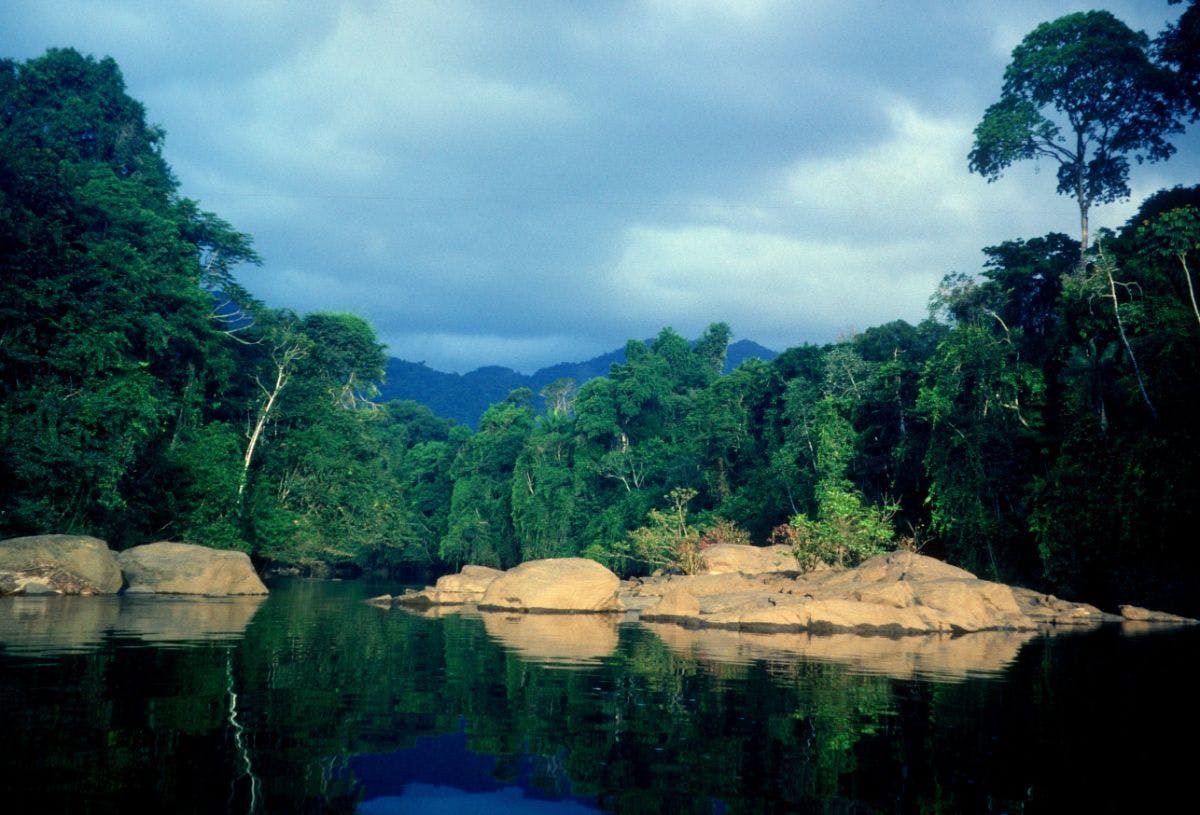
Central Amazonian Forests (NT19)
Total Land Area (1000 ha) : 126,728 Number of Ecoregions: 7 Protection Target: 94% Protection Level: 4The Central Amazonian Forests bioregion, located in the Southern America (Neotropical) realm, contains the central mainstem of the Amazon River and includes three major tributaries—the Japurá in the north and the Madeira and Purus in the south—forming what some call the “heart” of the Amazon. This bioregion is divided into eastern and western halves with seven ecoregions.

-
-
-
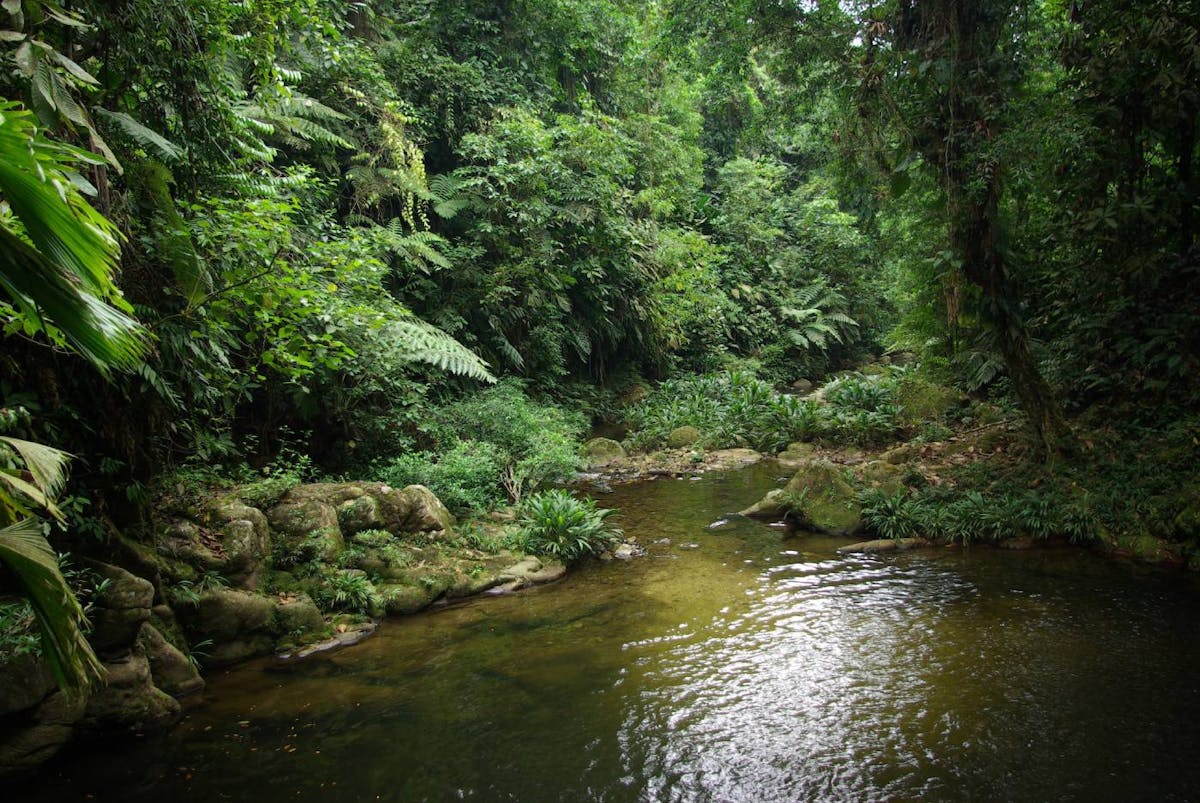
Venezuelan Coast (NT23)
Total Land Area (1000 ha): 23,719 Number of Ecoregions: 12 Protection Target: 48% Protection Level : 8The Venezuelan Coast bioregion, located in the Southern America (Neotropical) realm, runs the length of South America’s Caribbean coastline and contains 12 ecoregions.
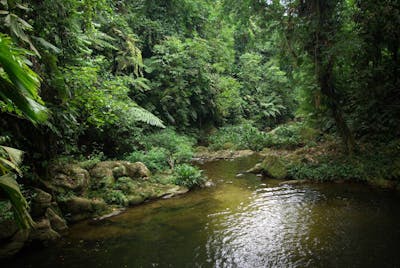
-
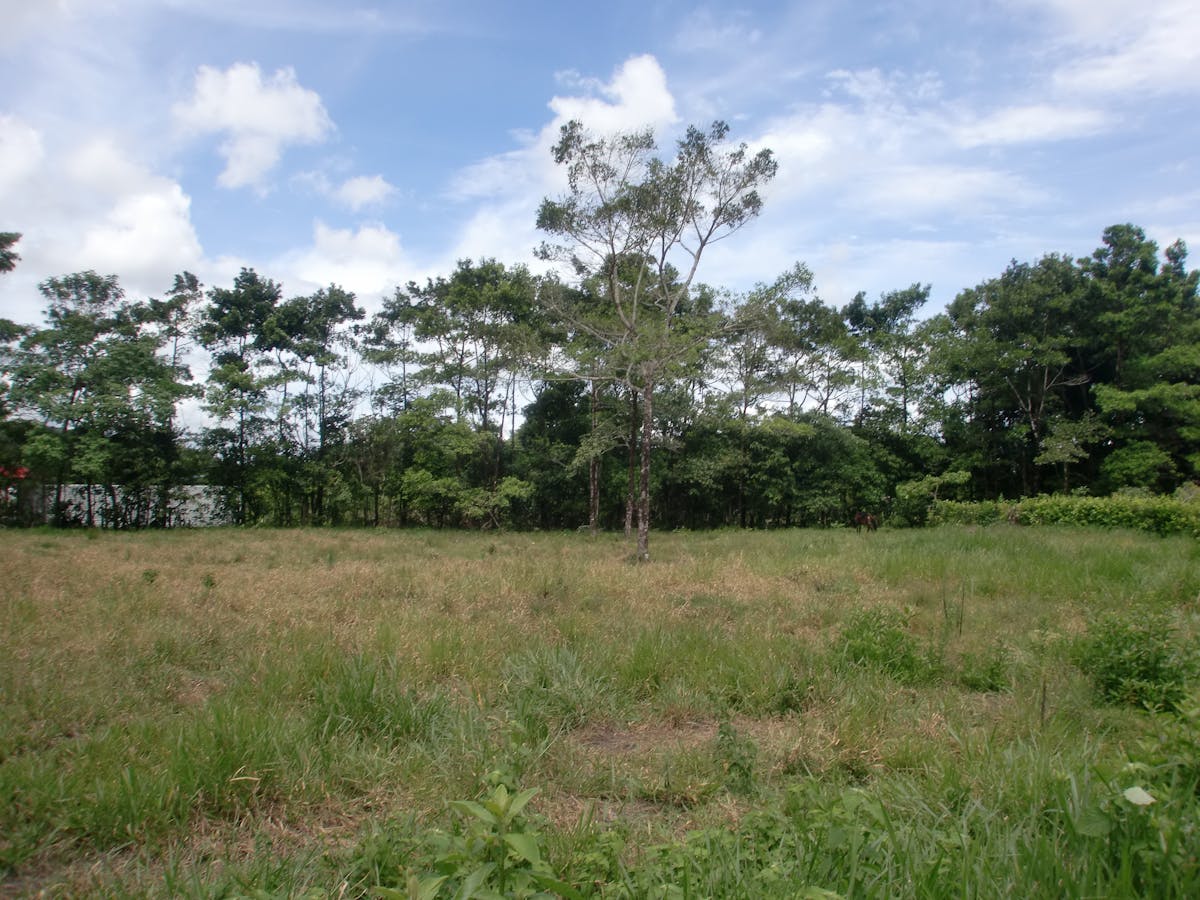
Llanos & Dry Forests (NT22)
Total Land Area (1000 ha): 44,694 Number of Ecoregions: 2 Protection Target: 40% Protection Level: 4The Llanos bioregion, located in the Southern America (Neotropical) realm, extends from the northern Andes above the Guiana Shield. It consists almost entirely of open, grassy plains called (llanos) with dry tropical forests at the foothills of the Andes. It has two ecoregions and includes much of the Orinoco and Apure rivers.
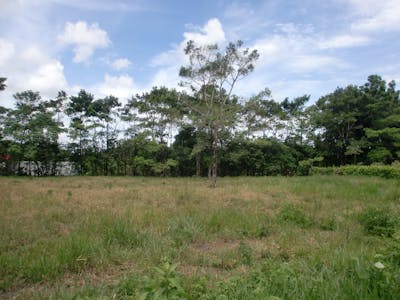
-
Guianan Forests & Savanna (NT21)
Total Land Area (1000 ha): 106,384 Number of Ecoregions: 11 Protection Target: 94% Protection Level: 6Located in the Upper South America subrealm of Southern America, this bioregion extends from the eastern edge of the Guiana shield, at the border of Venezuela and Colombia, to the Atlantic coast. The bioregion is covered in dense tropical forest and also includes the Guianan savannas, with 11 ecoregions.
-
